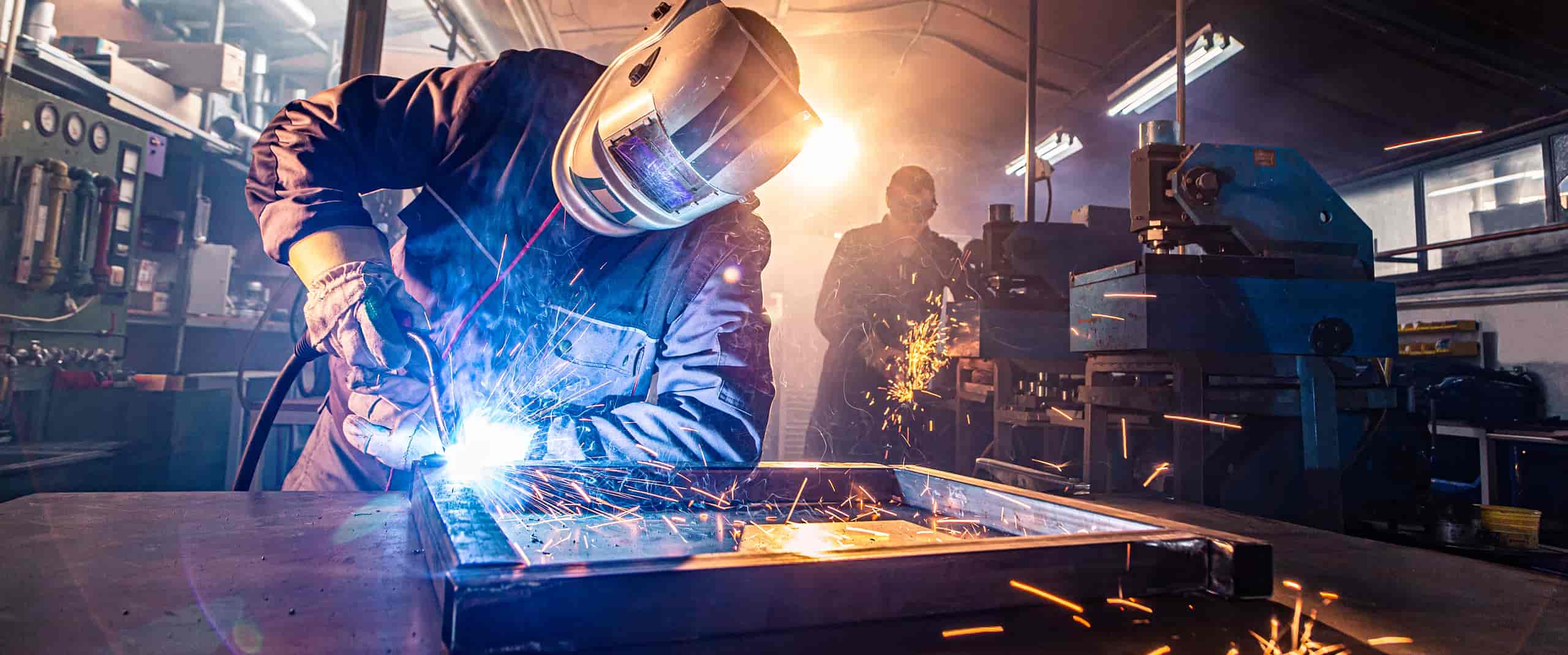Welding WPS: Common Mistakes to Prevent and Exactly How to Correct Them
Welding WPS: Common Mistakes to Prevent and Exactly How to Correct Them
Blog Article
Grasping Welding WPS Specifications: Best Practices and Techniques for Quality Welds
In the world of welding, understanding Welding Procedure Specification (WPS) requirements is a vital component that straight influences the quality and stability of welds. Complying with these requirements guarantees consistency and reliability in welding end results. Nevertheless, attaining quality in welds surpasses merely understanding the requirements; it involves applying ideal techniques and techniques that boost the craft to a level of precision and skill that sets apart the average from the phenomenal. As we navigate with the ins and outs of welding WPS criteria, revealing crucial understandings and strategies for accomplishing top-tier welds will certainly be paramount for welders seeking to master their craft and produce welds that stand the examination of time.
Understanding Welding WPS Requirements

Assessors depend on WPS documents to verify that welding treatments are being followed appropriately and that the resulting welds are of high top quality. Designers utilize WPS standards to develop welding treatments that ensure the sturdiness and reliability of welded structures.


Necessary Devices for Quality Welds
Mastering welding WPS standards is important for welders to efficiently use the vital tools required for creating top quality welds. Among the most crucial tools for high quality welds is a welding device. The kind of welding device needed depends on the welding process being used, such as MIG, TIG, or stick welding. Welding helmets are likewise indispensable to shield the welder's eyes and face from triggers, warm, and UV radiation. Furthermore, welding gloves constructed from heat-resistant and resilient products secure the hands from burns and injuries. Magnets and clamps help hold the workpieces together safely during the welding procedure, making sure exact and accurate welds. Wire brushes and chipping hammers are crucial for cleaning up the weld joint before and after welding to get rid of any kind of pollutants that might affect the top quality of the weld. Lastly, a measuring tape and angle mill serve tools for making certain appropriate alignment and preparing the workpieces for welding.
Key Techniques for Welding Success
To accomplish welding success, one must Visit Your URL understand the essential strategies vital for producing top quality welds. One crucial strategy is maintaining the right arc size. Keeping the electrode at the optimum distance from the workpiece is essential for creating solid, consistent welds. Furthermore, controlling the traveling rate is vital. Relocating too swiftly can lead to insufficient infiltration, while moving too slowly can lead to extreme warmth input and possible defects. Appropriate adjustment of the electrode angle is an additional important method. The angle at which the electrode is held can influence the grain form and infiltration of the weld. Furthermore, guaranteeing regular weapon angle and instructions of travel is important for uniformity in the weld grain. Lastly, keeping a secure welding and a constant hand setting throughout the process is vital to attaining precision and uniformity in the welds. By grasping these vital strategies, welders can elevate the top quality of their work and achieve welding success.
Ensuring Compliance With WPS Requirements

In addition, preserving detailed records of welding specifications, devices calibration, and examination outcomes is crucial for demonstrating compliance with WPS standards. By diligently sticking to WPS requirements, welders can make sure that their work satisfies the required top quality levels and contributes to the general success of the welding job.
Troubleshooting Common Welding Issues
When confronted with common welding problems, determining the source is vital for effective troubleshooting. One prevalent problem is the presence of porosity in welds, typically triggered by contaminants such as oil, corrosion, or dampness. To resolve this, making sure proper cleansing of the base metal before welding and making use of the right protecting gas can significantly reduce porosity. An additional problem often run into is absence of fusion, where the weld stops working to appropriately bond with the base product. This can originate from poor warm input or inappropriate welding method. Changing specifications such as voltage, wire feed rate, or take a trip speed can assist boost combination. Furthermore, distortion, breaking, and spatter are typical welding challenges that can be alleviated with proper joint preparation, constant heat control, and choosing the ideal welding consumables. By extensively comprehending these common welding issues and their origin creates, welders can properly troubleshoot issues and achieve high-grade welds.
Conclusion
Finally, understanding welding WPS requirements needs a thorough understanding of the guidelines, using important devices, and executing essential methods for successful welds. Guaranteeing compliance with WPS requirements is essential for producing top quality welds and staying pop over to this web-site clear of common welding problems. By following finest strategies and methods, welders can achieve consistent and trusted cause their welding tasks.
In the realm of welding, grasping Welding Treatment Specification (WPS) criteria is an essential part that straight influences the high quality and stability of welds.When diving right into the world of welding practices, an essential facet to comprehend is the value and intricacies of Welding Procedure Specification (WPS) criteria. WPS criteria offer a detailed standard for welding operations, making sure uniformity, top quality, and safety and security in the welding process. The type of welding maker required depends on the welding process being made use of, such as MIG, TIG, or stick welding.Accomplishing welding success with the proficiency of essential techniques requires a comprehensive understanding and adherence to Welding Procedure Spec (WPS) criteria.
Report this page